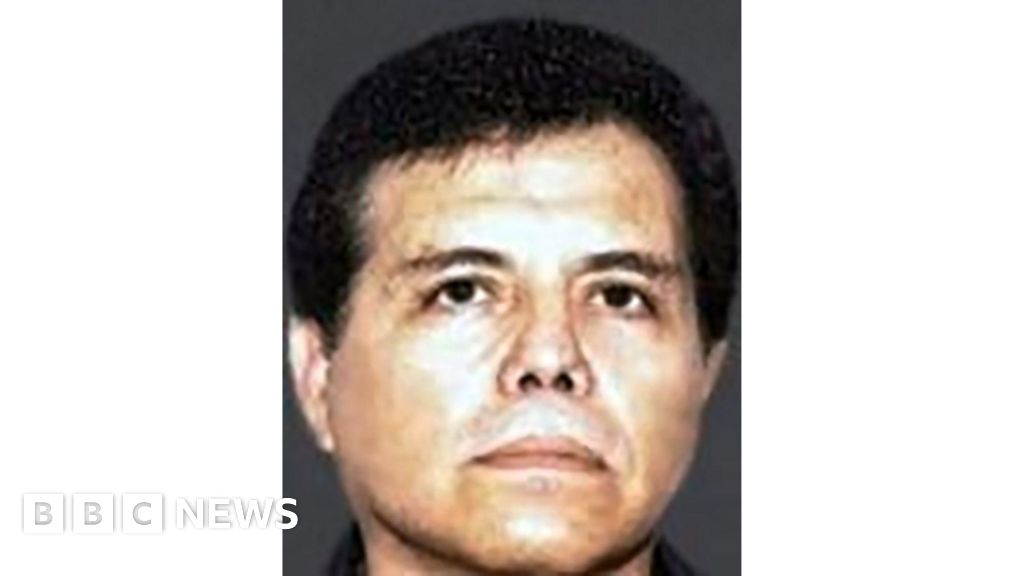With an extraordinary estimated value of $1.25 million, a rare typescript of the iconic children’s book, The Little Prince, is preparing for sale at the upcoming Abu Dhabi Art Festival in November. Composed by author Antoine de Saint-Exupéry during his exile in 1940s New York, this particular version holds immense significance as it features unique handwritten notes and sketches by Saint-Exupéry himself.
Only three typescripts of this kind are known to exist, with this copy being the only one available for public sale. Sammy Jay, a senior literature specialist at Peter Harrington Rare Books, emphasized the rarity of having such a typescript available, as the other two are housed in prestigious institutions — one in France's national library and another at the Harry Ransom Center in Texas.
Saint-Exupéry originally wrote the story, known as Le Petit Prince in French, while living in exile during World War Two. The book was finally published in 1943, captivating readers worldwide with its tale of a pilot stranded in a desert who befriends a mysterious boy who claims to be a traveler from another planet.
This particular typescript includes personal touches from the author, including annotations and edits that give readers a glimpse into his creative process. Among the manuscript's items is a notable line: "It is only with the heart that one can see rightly; the essential is invisible to the eye," which many consider pivotal to the tale’s themes.
Evidence of the author's life is further showcased with traces of stubbed-out cigarettes on the typescript's cover, while sketches of the Little Prince enhance its allure. Jay remarked on the intimate nature of this typescript compared to the others, mentioning the doodles and personal notes that reflect Saint-Exupéry's thoughts.
The Little Prince, one of the most translated works in literary history, is part of a vast global literary heritage, and its resonance continues to endure. There's speculation that a museum or library outside Europe may acquire the typescript, potentially recognizing its global significance. Peter Harrington Rare Books has owned the typescript since early 2024 and has been meticulously preparing it for sale, further igniting interest in this remarkable artifact.
Only three typescripts of this kind are known to exist, with this copy being the only one available for public sale. Sammy Jay, a senior literature specialist at Peter Harrington Rare Books, emphasized the rarity of having such a typescript available, as the other two are housed in prestigious institutions — one in France's national library and another at the Harry Ransom Center in Texas.
Saint-Exupéry originally wrote the story, known as Le Petit Prince in French, while living in exile during World War Two. The book was finally published in 1943, captivating readers worldwide with its tale of a pilot stranded in a desert who befriends a mysterious boy who claims to be a traveler from another planet.
This particular typescript includes personal touches from the author, including annotations and edits that give readers a glimpse into his creative process. Among the manuscript's items is a notable line: "It is only with the heart that one can see rightly; the essential is invisible to the eye," which many consider pivotal to the tale’s themes.
Evidence of the author's life is further showcased with traces of stubbed-out cigarettes on the typescript's cover, while sketches of the Little Prince enhance its allure. Jay remarked on the intimate nature of this typescript compared to the others, mentioning the doodles and personal notes that reflect Saint-Exupéry's thoughts.
The Little Prince, one of the most translated works in literary history, is part of a vast global literary heritage, and its resonance continues to endure. There's speculation that a museum or library outside Europe may acquire the typescript, potentially recognizing its global significance. Peter Harrington Rare Books has owned the typescript since early 2024 and has been meticulously preparing it for sale, further igniting interest in this remarkable artifact.



















